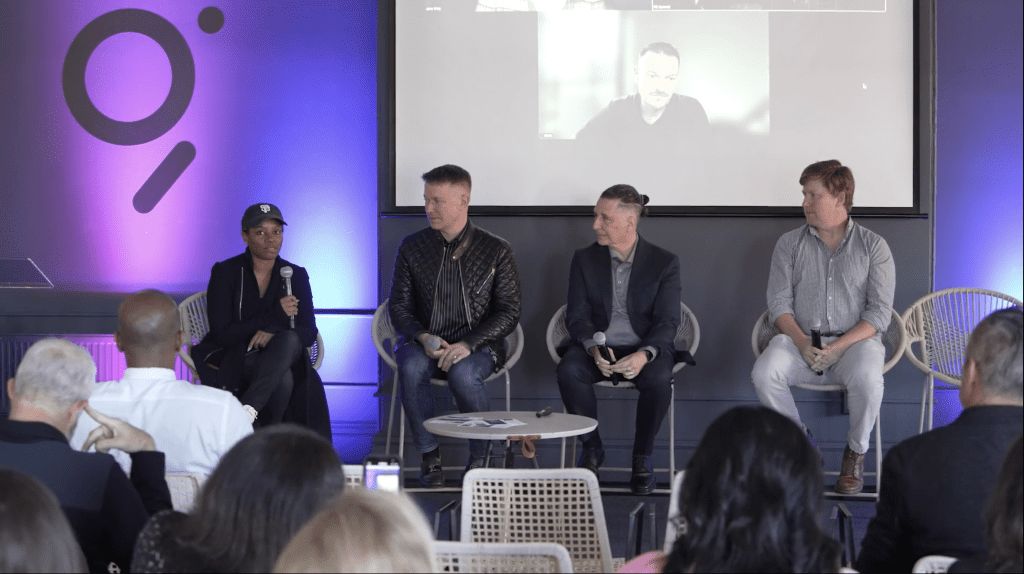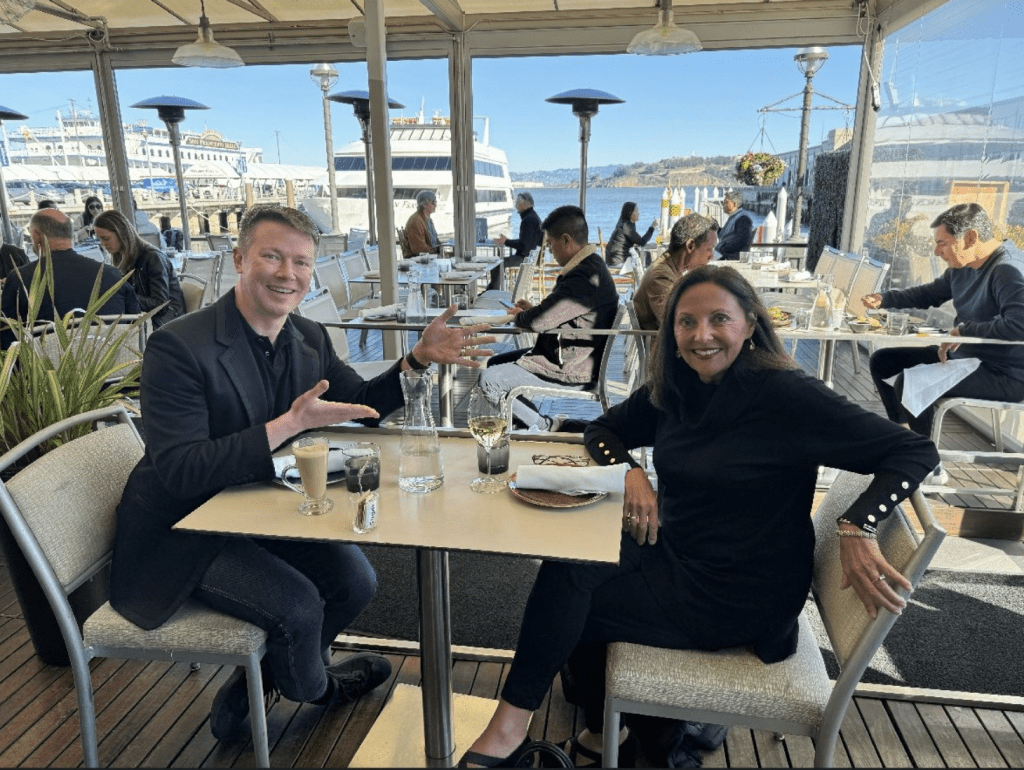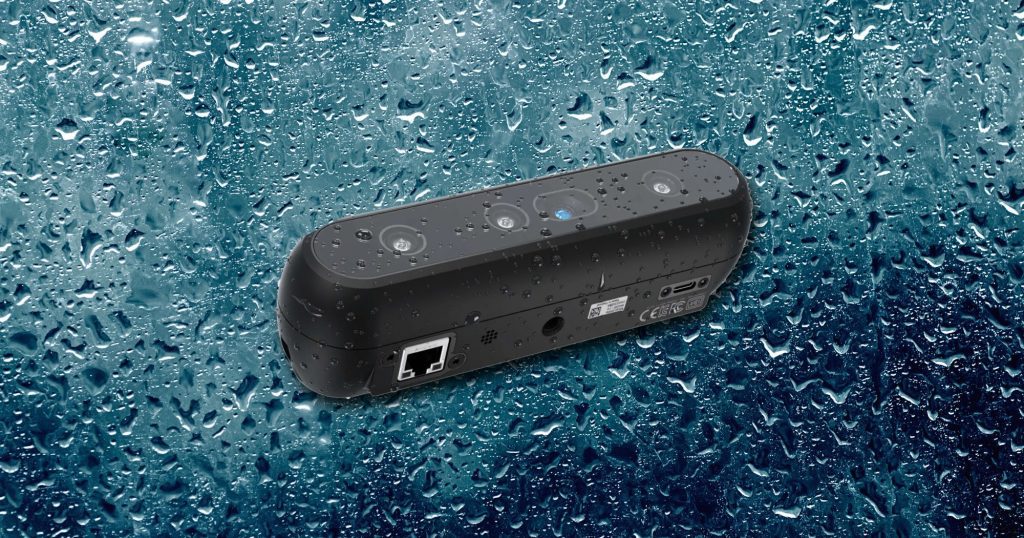Healthcare and pharmaceutical businesses call on Bospar for their public relations needs.
Sarah Dray, Bospar’s content director of healthcare, is a key reason why.
Her deep understanding of neuroscience and public health, and her ability to craft compelling content, are extremely valuable for healthcare, pharmaceutical and life sciences clients.
Expert Insights recently spoke with Sarah about her healthcare and research background; the communications challenges that companies in the healthcare, pharmaceutical and life sciences sectors often face; and how such clients can differentiate themselves in this competitive field.
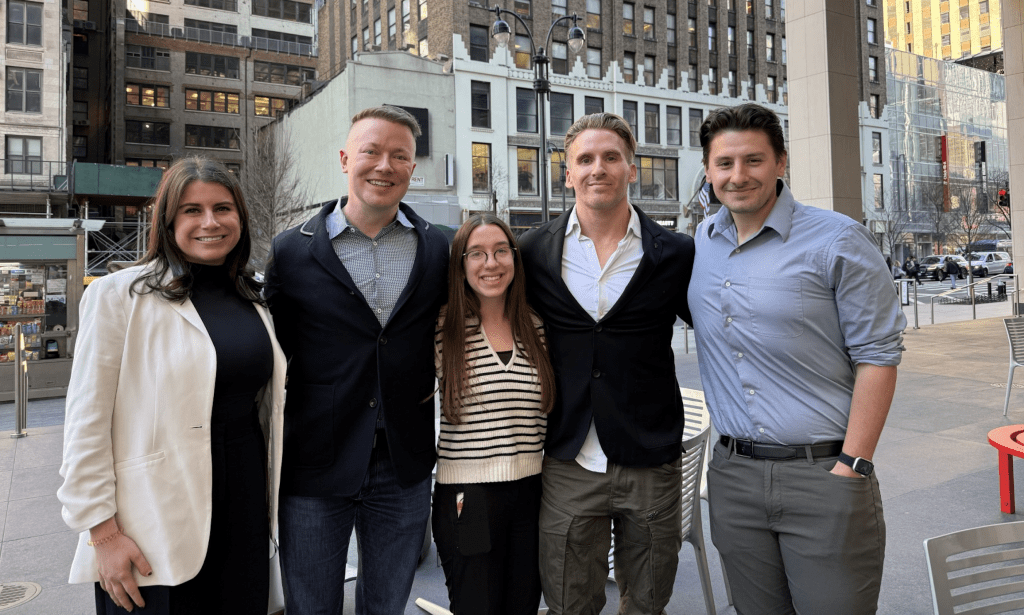
What drew you to a career in public relations, and what excites you most about the field?
What first drew me to public relations was the realization that science lost the PR war during the COVID-19 pandemic. Institutions like the CDC and WHO struggled to communicate clearly, and the language often felt disconnected from the public’s lived reality. That disconnect not only confused people, but it also eroded trust in science for generations.
As someone with a background in public health and neuroscience, I felt an urgent responsibility to help bridge that gap. By translating science into messaging that feels clear, human and actionable, PR offers a way to make that link.
Health literacy, the ability to understand and use health information to make informed decisions and engage effectively with the healthcare system, is not just a buzzword. It’s scientifically tied to better outcomes, longer lives and stronger communities. What excites me most about this work is the opportunity to elevate understanding and help people navigate complex health systems and feel seen in the messaging that’s meant for them.
What inspired your transition from public health research into public relations, and how do you see your background shaping your approach to content creation and strategy in healthcare PR?
My background is deeply rooted in research, particularly within the neuroscience field. I studied Neuroscience and Behavior at Columbia University and began my career in lab-based research, focused on ultrasound neuromodulation. After a few years at the bench, I felt a strong pull to get closer to the real-world impact of science to see how research translates into care. That led me to work on clinical vaccine trials for COVID-19, RSV, flu and shingles, where I interacted directly with patients and communities.
Wanting to expand my perspective, I went on to earn my master’s degree in public health as part of an international cohort. I was the only American in the program, and most of my classmates came from low- and middle-income countries.
That experience fundamentally changed the way I think about health communication. It taught me that even when people receive the same information, their ability to act on it can vary dramatically based on context, access and culture. PR content strategy must reflect that.
This background helps me ask better questions, spot knowledge gaps and avoid assumptions in healthcare communication. Whether I’m helping craft messaging around mental health stigma, fertility, hormone therapy or medication adherence, I’m always thinking about how to break down complex ideas in ways that resonate across different populations.
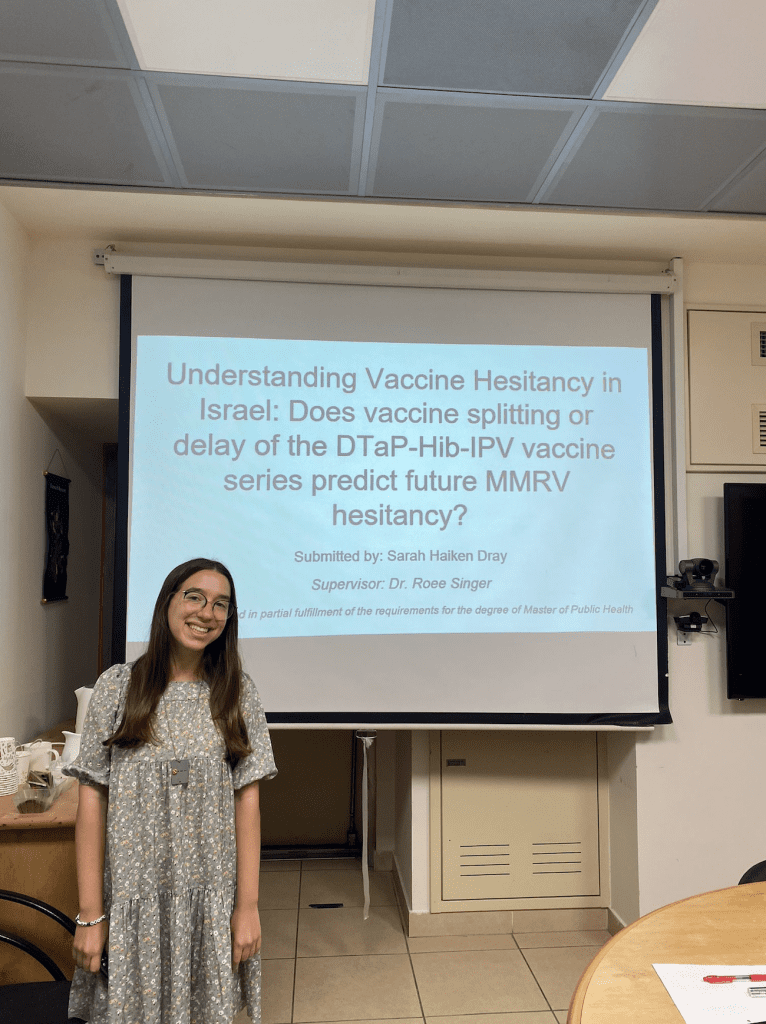
Your experience spans neuroscience, public health and vaccine advocacy. How do you translate complex scientific ideas into compelling narratives for diverse audiences in your role as content director?
My goal is to make science feel relevant. Science in general can feel really abstract, and it’s not always clear how it applies to real life. In my role in PR as a content creator, I hope to make science feel human by helping people understand what the research actually means for them.
That starts with meeting people where they are by cutting out jargon, focusing on what’s actually meaningful and knowing what to leave out so the message lands clearly. Not every data point in a study is relevant for public-facing communication. Part of the craft is figuring out what is. I do this by looking for the human angle: How does this research change care? Improve quality of life? Challenge stigma?
What do you see as the biggest challenges for healthcare brands when it comes to public perception, and how can PR strategies help address these?
One of the biggest challenges healthcare brands face is a fundamental lack of public understanding because the messaging often isn’t built with them in mind. When something goes over your head, you tune out. If you don’t see how a product, treatment or issue affects you personally, you’re not going to engage.
That’s where a strong PR strategy makes a real difference. It’s not just about visibility, it’s about making the science relevant. For example, here at Bospar, I work a lot on pharmaceuticals that treat schizophrenia, bipolar disorder and opioid or alcohol use disorder. Rather than leading with clinical trial data, we focus on what matters most to patients and care partners: stability, independence and tolerability. That shift in messaging grounds the science in everyday experience, turning research into relevance and making people feel seen in the process. When done well, PR builds trust by helping people connect the dots between complex treatments and the outcomes that actually shape their lives.
As you build out Bospar’s healthcare practice, what are your priorities for helping clients differentiate themselves in a competitive and highly regulated industry?
For me, it all starts with being truly patient-centered. In a crowded and highly regulated industry, what really sets a brand apart is genuine empathy. When a company clearly cares about the people it serves, that comes through in every touchpoint. It’s about being mission-driven, relatable and grounded in purpose.
Right now, I’m working with incredible clients that blow me away by how seriously they take that commitment — especially in the mental health, fertility and addiction space, where trust and stigma are huge hurdles. One of my clients, The HRT Club, is built on the belief that the healthcare system is broken, and they’re not afraid to say that out loud and work to fix it. That kind of honesty resonates.
Yes, these are businesses operating within a capitalist system. But there’s a clear difference between companies that want to profit from illness and those that want to drive impact through care. My top priority is helping clients frame themselves around empathy, integrity and service because that’s what builds long-term credibility and connection.
What do you enjoy outside of work, and are there causes or organizations within healthcare or beyond that you’re particularly passionate about supporting?
I’m a big nature person — not just for the beauty, but for the wellness benefits, too. Hiking, walking and running help me clear my head and feel grounded.
I also love reading — shout out to the Bospar Book Club!
One cause I’m especially passionate about is Harlem Grown. They transform abandoned lots in Harlem into thriving community gardens and teach kids from nearby schools how to grow their own food. Everything harvested is shared for free at a local farmers’ market. But their mission goes beyond agriculture, as they believe you’re not just growing food, you’re growing children.
It’s about empowerment, education and nourishment in every sense of the word. I got involved through my friend Hannah Weiss, who introduced me to Harlem Grown before she passed away nearly eight years ago. Supporting this organization, both in general and in her memory, is something I’m really proud of.


